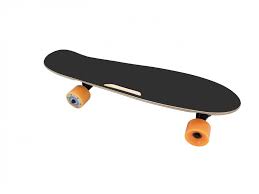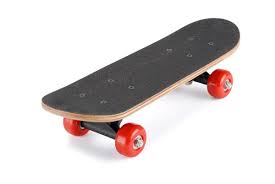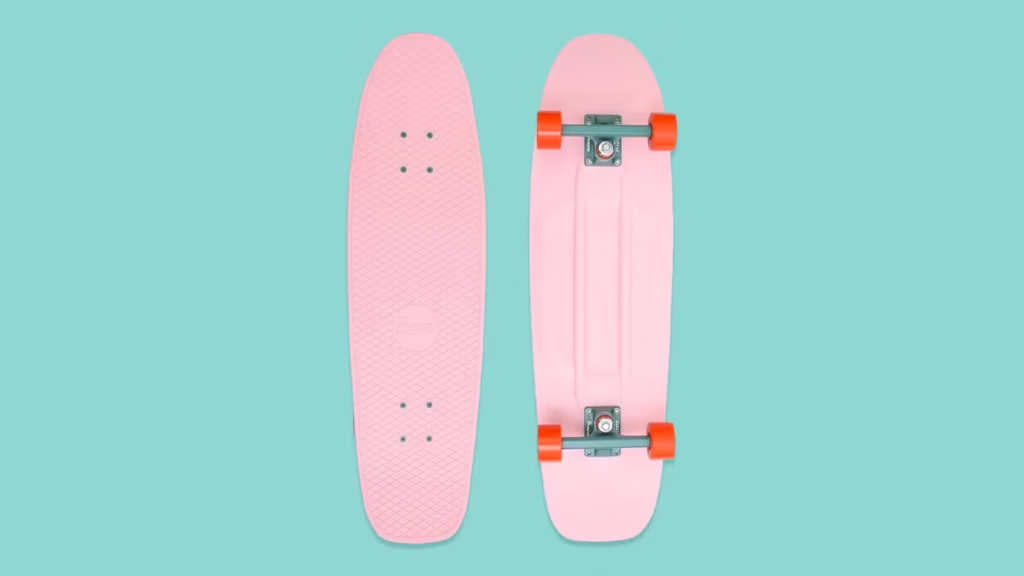Skateboarding, a popular recreational activity, has a diverse range of tricks and maneuvers that cater to beginners and advanced riders alike. Mastering the fundamentals is crucial for any novice looking to progress in the sport. From ollies to kickflips, there are a myriad of tricks that provide a solid foundation for aspiring skateboarders to build upon. In this blog post, we will explore some of the best skateboarding tricks for beginners to learn, providing insight and tips on mastering each technique.
Table of Contents
ToggleUnderstanding Skateboard Mechanics
The key to mastering skateboarding tricks lies in understanding the mechanics of your skateboard. By familiarizing yourself with the anatomy of the skateboard and learning the basics of balancing and riding, you can build a solid foundation for progressing to more advanced tricks.
Skateboard Anatomy
To master skateboarding, it’s important to have a clear understanding of the different components that make up your skateboard. This includes the deck, trucks, wheels, bearings, and grip tape. Each of these parts plays a crucial role in the overall performance and maneuverability of your skateboard. Familiarizing yourself with the anatomy of your skateboard will not only help you appreciate the mechanics behind each trick but also allow you to maintain and customize your board according to your preferences.
Basics of Balancing and Riding
One of the fundamental skills that every beginner skateboarder should focus on is mastering the basics of balancing and riding. It’s essential to learn how to distribute your weight evenly on the board, maintain a stable stance, and propel yourself using proper foot positioning. Developing a strong sense of balance and control over your skateboard is vital for executing tricks with confidence and precision.
Basics such as foot placement, posture, and weight distribution are crucial for mastering skateboarding tricks. As you progress in your skateboarding journey, these fundamental skills will form the building blocks for learning more advanced tricks and maneuvers.
Beginner-Friendly Skateboarding Tricks
While skateboarding can seem intimidating at first, there are plenty of beginner-friendly tricks that can help you build confidence and skill on your board. In this chapter, we will explore some of the best skateboarding tricks for beginners to learn, along with tips for mastering them.
The Ollie
Skateboarding the ollie is often considered the foundation of many other tricks. It involves using your back foot to pop the tail of the skateboard while sliding your front foot up towards the nose, causing the board to level out in the air. To start practicing the ollie, find a flat surface and begin by getting comfortable with the motion of popping the board and sliding your foot. Once you have the basics down, start incorporating small obstacles like cracks or curbs to practice ollieing over.
The Frontside 180
Skateboarding the frontside 180 is another essential trick for beginners to learn. This trick involves rotating the board and your body 180 degrees in the air while moving forward. Start by practicing the motion of winding up your upper body in the direction you want to rotate, and then using your shoulders and arms to guide the board around. Find a smooth, open space to practice this trick, and focus on getting comfortable with the rotation before trying to land it.
Beginner-friendly skateboarding tricks like the frontside 180 are a great way to develop your balance, coordination, and board control. By mastering these foundational tricks, you will build a strong skill set that will serve as a solid base for learning more advanced maneuvers in the future.

Practicing and Perfecting Techniques
Unlike other sports, skateboarding requires a lot of practice and dedication to perfect techniques. Whether it’s mastering the ollie or perfecting the kickflip, consistent practice is key to improving your skills on the board. Understanding the mechanics of each trick and practicing them regularly will help you build confidence and become a better skateboarder.
Safety First: Protective Gear and Falling Techniques
Safety should always be a priority when learning skateboarding tricks. Wearing the right protective gear, such as a helmet, knee and elbow pads, and wrist guards, can help prevent serious injuries. In addition to protective gear, learning how to fall properly can also reduce the risk of getting hurt. Tucking and rolling instead of bracing for impact can minimize the chances of injury when taking a spill.
Step-by-Step Practice Routines
Practice routines are essential for mastering skateboarding tricks. Breaking down each trick into manageable steps and practicing them individually can help beginners build a solid foundation. The table below outlines step-by-step practice routines for some of the best skateboarding tricks for beginners to learn.
Trick
Practice Routine
Ollie
– Foot positioning and weight distribution
– Pop and slide motion
Kickflip
– Ollie practice for height and control
– Flick and catch technique
The more you practice these routines, the more comfortable and confident you will become with each trick. This structured approach will help you progress and eventually master the tricks you set out to learn.

Advancing Your Skateboarding Skills
To truly excel in skateboarding, it’s important to continue pushing yourself and advancing your skills. This means building upon the beginner tricks you’ve already mastered and seeking out tips for ongoing improvement. With dedication and practice, you can take your skateboarding to the next level and become a more confident and skilled rider.
Building Upon Beginner Tricks
One way to advance your skateboarding skills is to build upon the beginner tricks you’ve already learned. Once you feel comfortable with basic tricks like the ollie and kickturn, you can start experimenting with more complex variations. For example, try adding a 180-degree spin to your ollie, or practicing kickturns on ramps and in bowls. By gradually increasing the difficulty of the tricks you attempt, you’ll continue to challenge yourself and improve your overall skateboarding ability.
Tips for Ongoing Improvement
With ongoing improvement in mind, there are several tips and strategies you can utilize to enhance your skateboarding skills. These include:
- Seeking professional coaching or mentorship to receive personalized feedback and guidance
- Regularly filming and reviewing your skateboarding sessions to identify areas for improvement
- Setting specific goals and benchmarks for skill development
The more effort you put into honing your skills as a beginner, the more progress you will see in your overall skateboarding performance. By taking the time to consistently practice and seek out new challenges, you can continue to improve and grow as a skater.
Conclusion
With these considerations in mind, it is evident that there are several skateboarding tricks that are particularly well-suited for beginners to learn. By starting with foundational tricks like the Ollie and Kickflip, beginners can develop the essential skills and confidence needed to progress to more advanced maneuvers. Furthermore, practicing regularly and prioritizing safety will contribute to a successful and enjoyable learning experience for novice skateboarders. Ultimately, by mastering these basic tricks and building a strong foundation, beginners can set themselves up for success as they continue to advance their skills in the exhilarating world of skateboarding.







